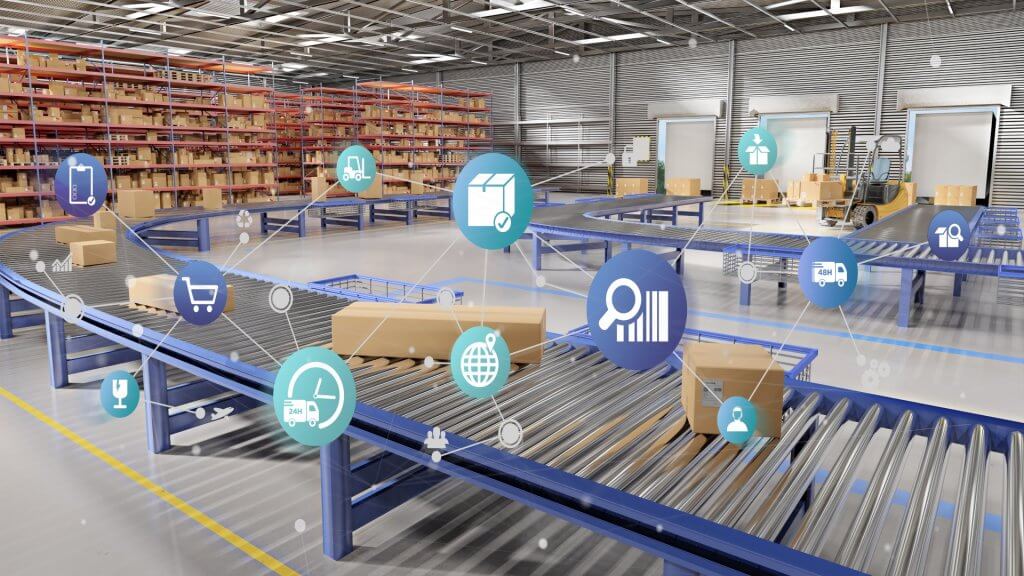
Would you plan out every minute of your day if it would improve your life experiences? Some people would agree to this course of action if given a chance, especially since planning has been proven to contribute to the success of any endeavour. The same principle applies to project development.
What Is Project Development?
Project development is the systematic process of creating a product used by industries and companies with various operational scales. There are five stages commonly involved in the idea testing process.
Generally, projects start with discovering or identifying a need, an opportunity, or a solution to a problem. Next, innovators allocate resources for building a proof of concept prototype, testing formulas, or creating sample products. Then, the development moves to quality improvement and assessment of the outcome.
This creation process is observed across various industries. In fact, it’s central to business growth, especially since it would be challenging, time-consuming, and costly for companies to make new products without fleshing out ideas and creating samples. Moreover, project development can help companies decide which ideas are feasible business-wise and which need improvement.
If you’d like to know how to develop projects effectively, here are some of the best practices you can consider:
1. Start With A Clear Project Plan
Creating a project plan is the first and most crucial step in project development. Your project plan serves as a guide providing structure to your actions and decisions as you test out ideas. With a clear plan, you’ll be assured of which direction the project is headed.
In addition, your business case justifies the reason for starting a new project, which makes it the backbone of your development plan. That said, build your business case for the project and decide on the actions you need to take to achieve your purpose.
Here are other project development planning essentials that can help you create a clear roadmap toward your goals:
- Project scope
- Budget
- Schedule
- Participants
- Task delegation
- Monitoring guidelines
This list can expand depending on the nature and scope of your project, and it’s important to have all the stages accounted for to manage it effectively.
2. Open Communication Channels
Communication is key to the success of any project development plan. Hence, it’s essential to set up communication channels for effective coordination. These channels can keep team members connected as they work together in their capacities to move the project to completion.
Moreover, it’s common to have various participants from different levels and departments. In this case, your communication channels must give everyone equal access to essential communication concerning your work. Meanwhile, you can also use different platforms for group meetings, document sharing, tracking, and other tasks.
3. Set A Schedule And Stick To It
No project plan can be considered effective without a specific schedule. That said, set a feasible schedule for your development plan and assign tasks accordingly so you can follow through. Aside from delegating tasks, you can also involve team members in tracking and updating timelines so that everyone becomes accountable for following your project plan.
Following a schedule doesn’t have to mean that flexibility isn’t an option. However, having a specific structure to your order of tasks makes it more likely for you and your team to complete them successfully and promptly.
4. Have A Contingency Plan
While effective planning can help you boost the efficiency of your projects, it’s still wise to have a contingency plan to help you cope with possible drawbacks that you may encounter. Ensure that you and your team have backup plans in case of unexpected outcomes and a list of indicators to determine that the testing period has to cease.
Planning for setbacks and preparing corrective actions can help you save the resources you dedicate to each. Meanwhile, your contingency plan can also help you see whether the project can succeed.
5. Monitor Progress Effectively
Finally, you’ll have to create a monitoring system to help you determine the progress of your project development plan. You can delegate roles related to this task and set up a reporting system to keep everyone updated.
You’ll also need a tracking and documentation system that participants can use and share within the team. It’s an effective solution to organize all relevant data you’ve accumulated.
Conclusion
While investing in the earlier development stages of a project is wise, it’s essential to maintain practicality and know when to move on to the next best concept. This way, you’ll optimize your efficiency and have more resources to dedicate to development until you find the right product. You can refer to the steps discussed above to help you make the most of your project development processes.





















